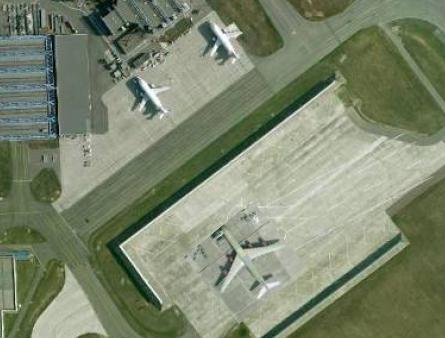Airbus has tightened its procedures after the testing accident in November last year which destroyed a brand-new A340-600 days before delivery to Etihad Airways.
In the wake of the accident, in which the aircraft collided with an enclosure wall during engine runs, the airframer has revised test requirements in its customer acceptance manual.
The revision insists on installation of chocks before the wheels of the main landing-gear, as well as centre main-gear assemblies if applicable, and sets specific personnel requirements for tests.
Testing of four-engined aircraft must take place only with two symmetrically-opposite engines running simultaneously. Airbus has also introduced stricter radio controls for traffic operations at its Toulouse and Hamburg facilities, to ensure aircraft chocks are confirmed as being in place before engine tests start.
The French investigation agency Bureau d'Enquetes et d'Analyses adds that the airframer has been drawing up a new operations manual for ground testing, while technicians' training will be reinforced during refresher sessions.
BEA found that the accident occurred as the aircraft, with all four engines running at high thrust, overcame its braking resistance - probably due to vibration from engine power plus weakening friction as fuel-burn lightened the airframe.
Surveillance video footage of the 30kt collision, says the BEA, shows the aircraft moving slowly forward before accelerating sharply, drifting to the right before striking the northern wall at about a 30° angle. Its forward fuselage rises, falls on the wall and breaks, and flames appear around the two left-hand engines, damaged in the impact.
"Looking at shots recorded several days before the accident, we can see that some tests are carried out with wheel chocks and not others," adds the BEA.
Both right-hand engines continued running and could not be stopped immediately. Ingestion of projected water and foam eventually stopped the outboard engine 2hr 46min after the collision.
The inboard engine's proximity to the wall meant it could not be stopped the same way, and it continued to run for another 6hr 37min until its fuel was exhausted.
Four of the nine people on board were seriously injured in the 15 November 2007 accident.
 |
|---|
© Bureau d'Enquetes et d'Analyses |
Link: Images of the damaged A340-600 following the Toulouse testing accident
Source: Air Transport Intelligence news























